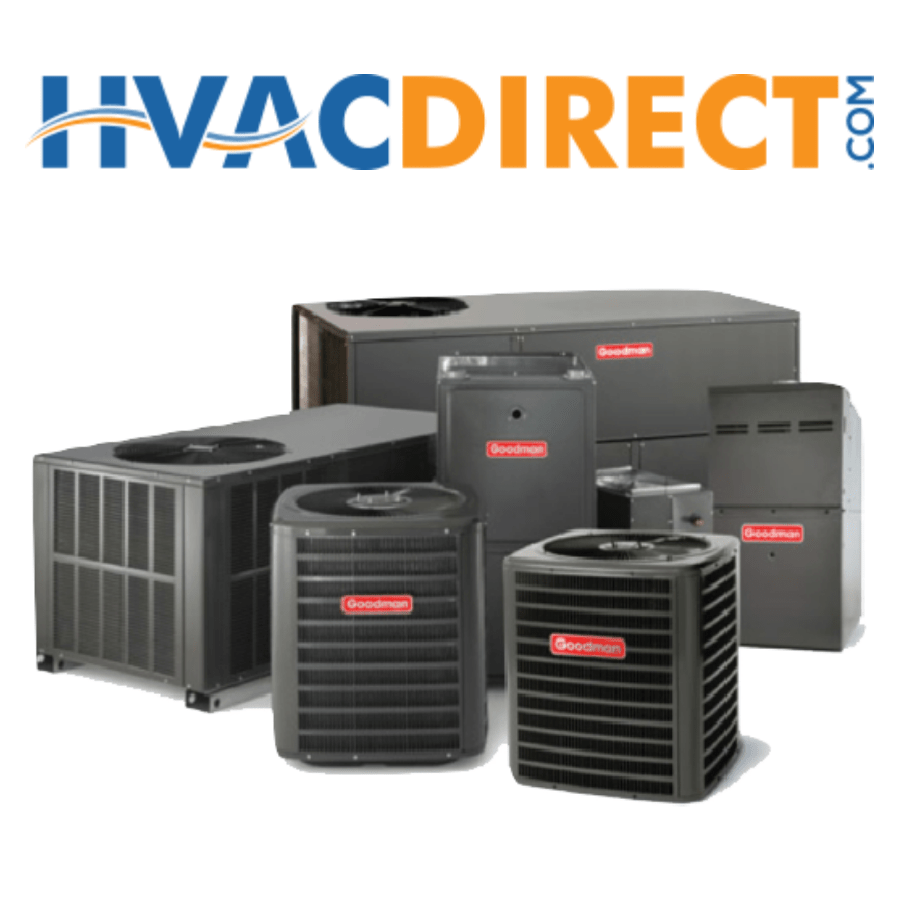Fresh air intakes are an important component of the HVAC system that helps to keep your house safe and pleasant. We’ll go over what the HVAC Fresh Air Intake Requirements are and how a properly installed fresh air intake may improve your unit’s efficiency and performance while also extending the life of your furnace. If you’re concerned about your fresh air intake contact furnace maintenance near me or a Bluco expert at (929)-447-2077 now.
What Is the Function of a Fresh Air Intake?
The operation of an air intake relies on the type you purchase. It is frequently in the shape of an open duct connected to an outside vent. Instead of having the AC circulate air continually through HVAC filters, an intake is a tiny, filtered outlet that provides air.
To meet the most recent building requirements, your home may have many fresh air intakes. This contributes to the tightening of the building envelope, preventing air loss and pollution from basements, crawl spaces, and attics. When properly placed, the intakes also prevent contaminants from entering dwelling areas from entering unconditioned spaces.
Cutting Off the Outside Air Supply
A damper is typically used to control fresh air intake. First, find the intake, which is often located in the attic but may also be ducted to the return side of the central air handler. Covering an inlet with a drape or curtain, or stuffing it with insulation or rags, is not a good idea. You could strain the system or, in the case of an intake supplying a furnace, create negative pressure, causing fumes and carbon monoxide to back up.
Having said that, you can safely close an intake vent by sliding the dampers closed. If the intake is equipped with a fan, use the switch to turn it off. The system manufacturer’s owner’s manual should explain how the intake vents work. If necessary, follow the directions for closing the vents, and otherwise operate and maintain them to maximum comfort and safety.
Air Quality In The Home
Breathing is one of the first things we do when we enter this world. The average person breathes in approximately eight liters of air each minute, for a total of approximately eleven thousand liters of air per day. However, we appear to be considerably more concerned with what we put into our bodies by eating or drinking than with the huge volume of air we breathe.
We are continually bombarded with public information emphasizing the health benefits of consuming raw foods. Similarly, the use of water filters in the home and/or the use of exclusively pre-filtered bottled water has become commonplace.
As a culture, we’re becoming more aware of the need to monitor what we eat and drink. Controlling what you eat leads to a better quality of life.
How to Locate Intake Vents
Near furnaces and other gas appliances, intake vents are frequently built. They normally appear as grilled vents, but they aren’t always visible. If you don’t notice it right away, it could be hidden behind an appliance or a closed door or panel. You can also follow the air intake vent to its source, which could
be in your attic or outside of your house.
Is Closing Fresh Air Intakes Sufficient?
Closing air intakes during extreme situations, such as wildfires, is a good idea. However, the safeguards do not stop there. You should also change the HVAC air filters regularly since fine particles can get in, block the filter, and enter the indoor air supply. Turn off window units and bathroom fans and close all windows and doors. With these precautions in place, it is safe to leave your air conditioner on. This is advised since your air conditioner will circulate fresh, filtered air and keep you safe indoors.
Please Contact Bluco Mechanical.
We install, repair, and service air conditioners, furnaces, and other heating and cooling equipment in NYC. Contact us online or by calling (929) 447-2077 to learn more about these or have concerns about how and why your HVAC Is Leaking Water. Our pleasant, emergency furnace repair near me will be happy to serve you.




No Comments
Be the first to start a conversation